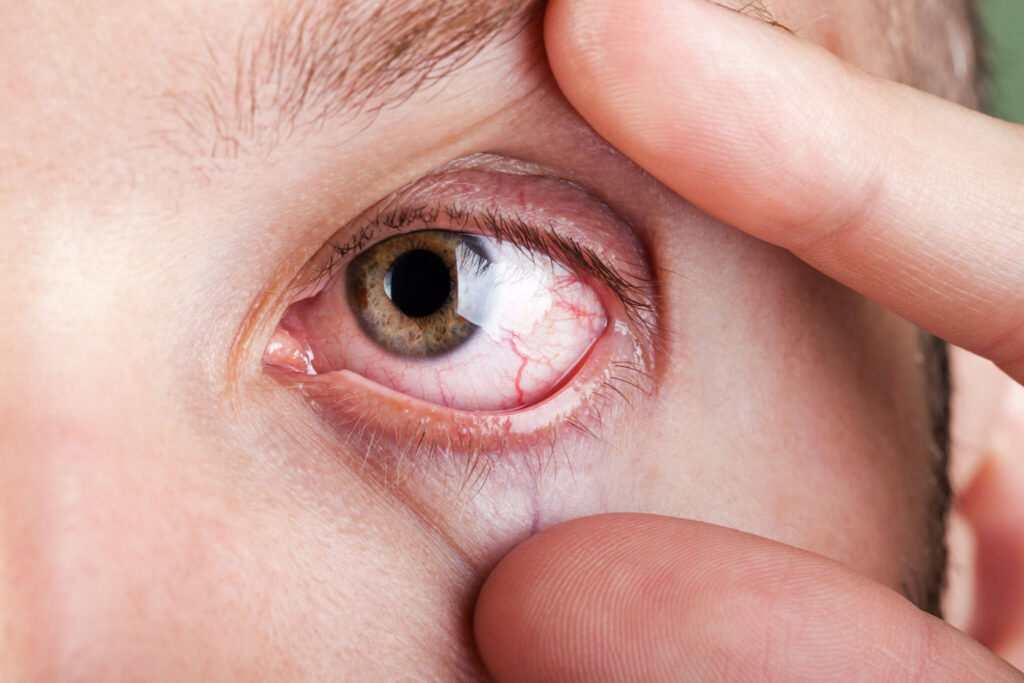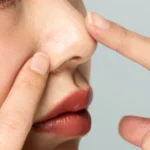Dry eye syndrome is a common condition affecting millions of people worldwide. It occurs when the eyes do not produce enough tears or the tears evaporate too quickly, leading to discomfort and potential damage to the ocular surface. In this article, we will delve deeply into the causes, symptoms, and effective treatments for dry eyes, providing a thorough understanding of the condition and how to manage it effectively.

What Is Dry Eye Syndrome?
Dry eye syndrome (DES), also known as keratoconjunctivitis sicca, is a multifactorial condition characterized by an insufficient or unstable tear film. Tears are essential for maintaining eye health, providing lubrication, and protecting the surface of the eye. When the tear production is insufficient or the quality of the tears is compromised, it can lead to irritation, inflammation, and damage to the eye’s surface.
Causes of Dry Eye Syndrome
Dry eye syndrome can be caused by various factors, each affecting tear production or stability in different ways. These causes can be broadly categorized into the following:
1. Reduced Tear Production
One of the primary causes of dry eyes is insufficient tear production. This can be due to:
- Aging: As people age, their tear production naturally decreases, particularly after the age of 50.
- Medications: Certain medications such as antihistamines, antidepressants, and blood pressure drugs can reduce tear production.
- Medical Conditions: Conditions like diabetes, rheumatoid arthritis, and thyroid disorders can affect tear production.
- Hormonal Changes: Hormonal changes during pregnancy, menopause, or due to birth control pills can reduce tear production.
2. Increased Tear Evaporation
In some cases, the problem lies in the rapid evaporation of tears from the surface of the eye. Factors that contribute to this include:
- Environmental Conditions: Exposure to wind, smoke, dry air, or air conditioning can accelerate the evaporation of tears.
- Eyelid Issues: Incomplete eyelid closure or eyelid deformities (like entropion or ectropion) can prevent proper lubrication of the eye.
- Meibomian Gland Dysfunction: The meibomian glands in the eyelids produce oils that prevent tears from evaporating too quickly. Dysfunction in these glands can lead to increased tear evaporation.
3. Imbalance in Tear Composition
A healthy tear film is composed of three layers: the lipid layer, the aqueous layer, and the mucin layer. Imbalances in any of these layers can contribute to dry eye symptoms, such as:
- Aqueous Deficiency: When the watery layer of tears is insufficient, it leads to inadequate moisture on the surface of the eye.
- Lipid Deficiency: A shortage of oils in the tears leads to quicker evaporation.
- Mucin Deficiency: Mucin helps the tear film adhere to the ocular surface. A deficiency in mucin can result in poor tear film stability.
Common Symptoms of Dry Eye
Dry eye symptoms can vary from person to person, but common signs and sensations include:
- Burning or Stinging Sensation
- Itchy or Gritty Feeling
- Redness of the Eyes
- Blurred Vision
- Excessive Tearing (Reflex Tears)
- Eye Fatigue
- Sensitivity to Light (Photophobia)
These symptoms can range from mild to severe, and their impact on daily activities can be significant if not managed effectively.
Diagnosing Dry Eye Syndrome
A thorough eye examination is essential for diagnosing dry eye syndrome. The diagnostic process typically involves:
- Patient History: Understanding symptoms, medical history, and environmental factors.
- Tear Breakup Time (TBUT) Test: This test measures how long it takes for the tear film to break up on the eye’s surface.
- Schirmer Test: This test involves placing a small strip of paper in the lower eyelid to measure the amount of tear production.
- Eye Surface Staining: Special dyes are used to detect damage to the surface of the eye caused by dry eyes.
Treatment Options for Dry Eye Syndrome
While dry eye syndrome can be challenging to manage, there are a variety of treatment options available to provide relief and improve tear film stability. The appropriate treatment depends on the underlying cause of dry eyes and the severity of symptoms.
1. Artificial Tears
One of the most common treatments for dry eye syndrome is the use of artificial tears, which help lubricate the eye and provide temporary relief from dryness and irritation. These are available over-the-counter and come in various formulations, including:
- Preservative-Free Drops: These are recommended for long-term use, especially in individuals with sensitive eyes.
- Gel Drops: These are thicker than regular eye drops and provide longer-lasting lubrication, making them ideal for nighttime use.
2. Prescription Medications
In more severe cases, a doctor may prescribe medications to address the underlying cause of dry eyes. These may include:
- Corticosteroids: To reduce inflammation on the ocular surface.
- Cyclosporine A (Restasis): This medication helps increase tear production by reducing inflammation in the tear glands.
- Lifitegrast (Xiidra): An anti-inflammatory drug that reduces symptoms by targeting the immune cells involved in dry eye disease.
3. Punctal Plugs
For individuals with moderate to severe dry eyes, punctal plugs may be recommended. These are small devices inserted into the tear ducts to block the drainage of tears, thus helping to retain moisture on the eye’s surface.
4. Warm Compresses and Eyelid Hygiene
Meibomian gland dysfunction can often be managed with warm compresses applied to the eyelids. This helps to soften the oils in the glands, facilitating proper oil secretion and reducing tear evaporation. Additionally, eyelid hygiene practices, such as cleaning the eyelids with gentle wipes or using lid scrubs, can help prevent inflammation and improve gland function.
5. Lifestyle and Environmental Adjustments
Making changes to your daily habits can significantly improve the symptoms of dry eyes. These may include:
- Humidifying the Air: Using a humidifier to add moisture to the air can help prevent dry eyes, particularly in heated or air-conditioned environments.
- Avoiding Direct Airflow: Wearing wraparound glasses and avoiding direct exposure to wind or air conditioning can reduce tear evaporation.
- Taking Breaks from Screen Time: Following the 20-20-20 rule—take a 20-second break every 20 minutes to look at something 20 feet away—helps prevent eye fatigue and dryness.
6. Surgical Options
In rare cases, surgical procedures may be considered for severe dry eye syndrome. One such procedure is the insertion of punctal plugs, as mentioned earlier, to block tear drainage and retain moisture.
Preventing Dry Eye Syndrome
While not all causes of dry eye syndrome can be prevented, certain measures can help reduce the risk of developing the condition. These include:
- Staying Hydrated: Drinking plenty of water throughout the day helps maintain overall hydration, which supports tear production.
- Avoiding Irritants: Limiting exposure to smoke, pollutants, and allergens can reduce irritation to the eyes.
- Regular Eye Exams: Regular check-ups with an eye care professional can help detect early signs of dry eye syndrome and prevent complications.

